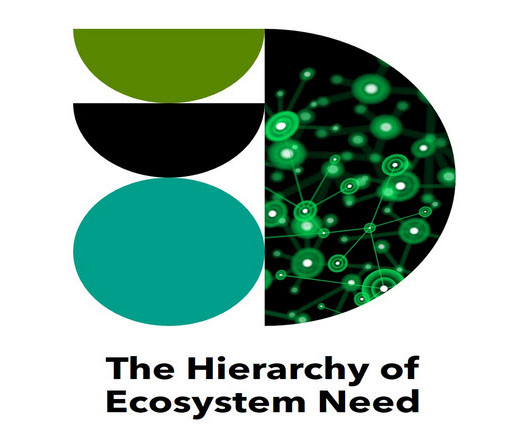Why Are We Navigating to the New: A Summary of the Hierarchy of Business Ecosystem Needs
Ecosystems4Innovating
FEBRUARY 9, 2024
Introduction to the Hierarchy: The Hierarchy of Business Ecosystem Needs is a construct of collaborative ecosystems, navigating complexity with agility, openness, and shared vision. Interconnected solutions and systems contribute to overall growth and competitiveness. What does the Hierarchy of Business Ecosystem Needs provide?
















Let's personalize your content